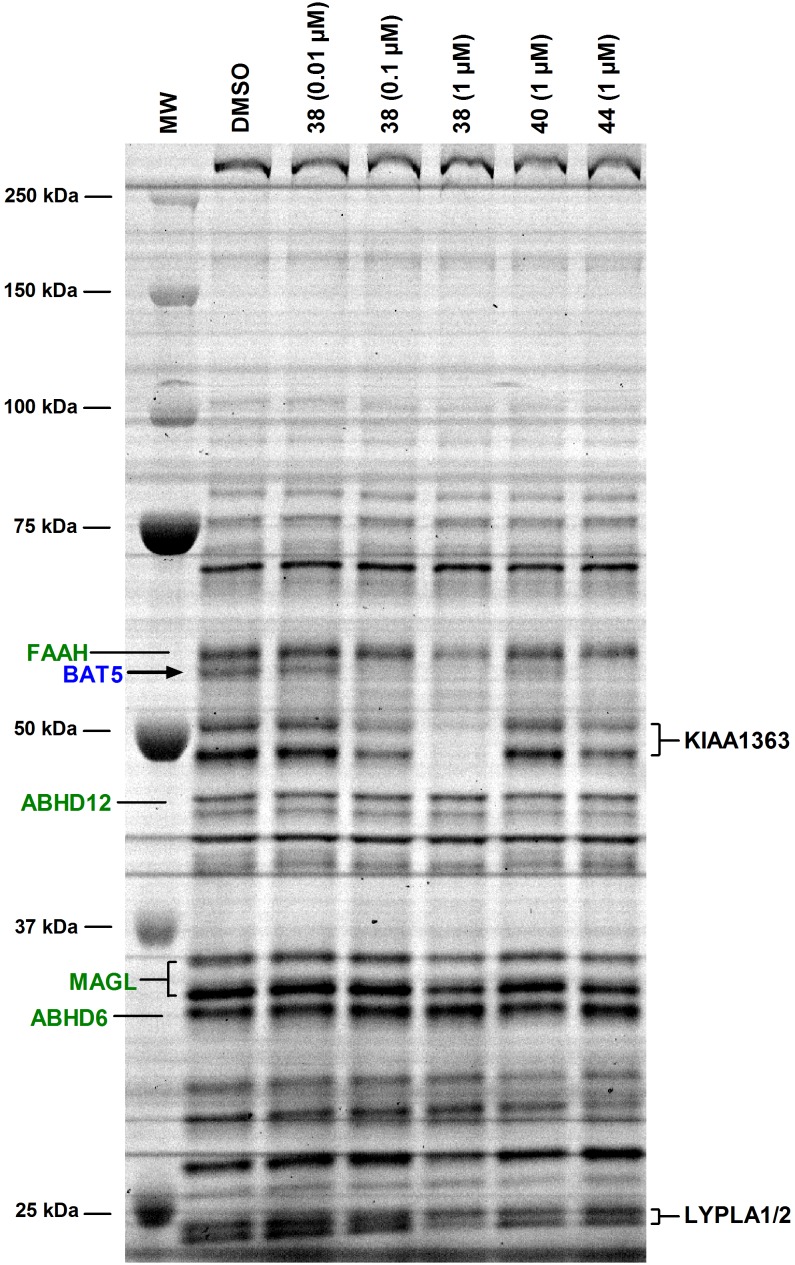Figure 11. Competetive ABPP profiling of the selectivity of the HSL inhibitor C7600 (38) and its analogues 40 and 44 among the serine hydrolases in mouse wholebrain membrane proteome.
Membranes (100 µg) were treated either with DMSO or the indicated concentrations of the inhibitors for 60 min at RT. After this, serine hydrolases were labeled for 60 min using the active site serine targeting fluorescent probe TAMRA-FP. After separation in SDS-electrophoresis gel (10%), serine hydrolases were visualized by in-gel fluorescent gel scanning as detailed in the Methods section. Molecular weight markers (MW) are indicated at left. Consistent with previous reports [28]–[29], C7600 (38) targets the endocannabinoid hydrolases FAAH and MAGL, as evidenced by dose-dependent inhibition of probe binding to these serine hydrolases. In addition, 38 inhibits probe labeling of KIAA1363, a protein doublet migrating at ∼50 kDa [4] and of LYPLA1/2, two closely-related proteins migrating at ∼25 kDa [25]. Note sensitivity of BAT5 to all tested inhibitors. Note also improved BAT5 selectivity of 40 and 44 as compared to 38. The gel is representative from two (four in the case of 40) independent ABPP experiments with similar outcome.

